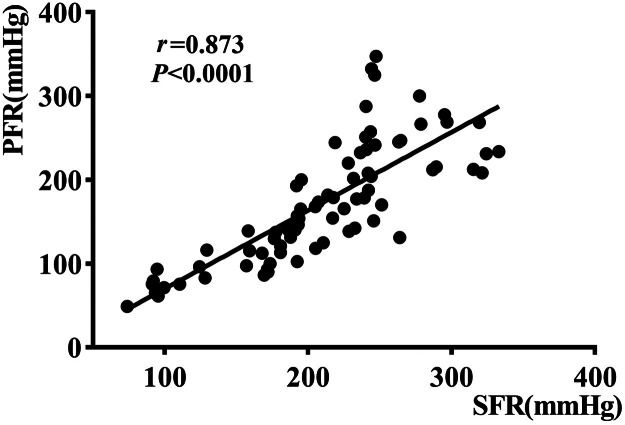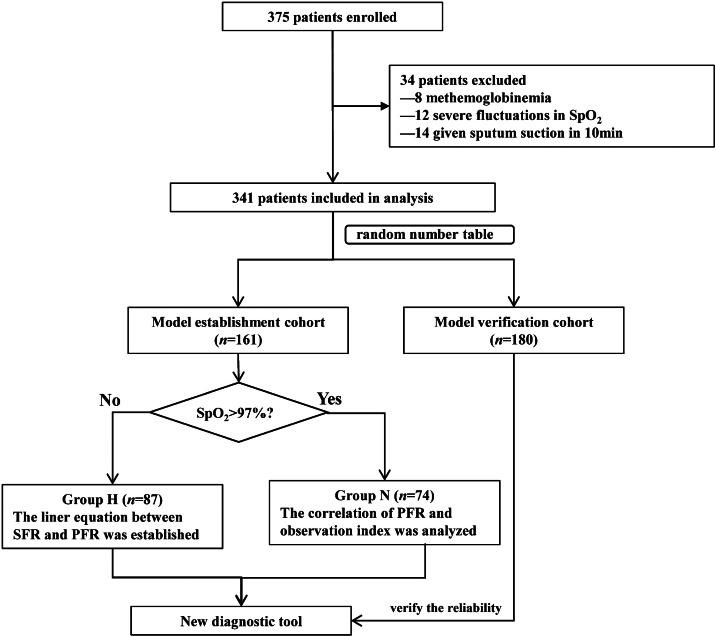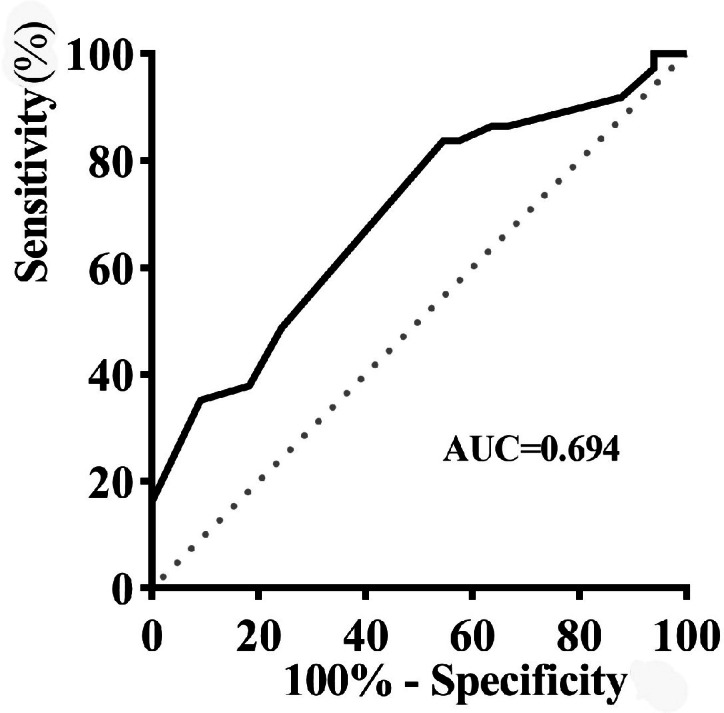A modified screening protocol for ARDS in patients with respiratory support based on SpO2 and FiO2: A single-center prospective, observational study
引用次数: 0
Abstract
Background
The purpose is to formulate a modified screening protocol for acute respiratory distress syndrome (ARDS) in patients with respiratory support based on saturation of pulse oximetry (SpO2) and inspired oxygen concentration (FiO2).
Methods
This prospective observational study was conducted from August to October 2020 at the Department of Critical Care Medicine of Yijishan Hospital Affiliated with Wannan Medical College. All patients admitted during the study period and required arterial blood gas analysis and electrocardiogram monitoring were included in this study. Patients with contraindications to arterial puncture, methemoglobinemia, carbon monoxide poisoning, and other factors that could affect data collection were excluded. The demographic and clinical data, immediate percutaneous SpO2, FiO2, arterial oxygen partial pressure (PaO2), and respiratory rate were recorded; and the SpO2/FiO2 ratio (SFR) and PaO2/FiO2 ratio (PFR) values were calculated according to the above information. The patients were divided into two cohorts by random number table: the establishment cohort and the verification cohort. In the established part, data were divided into group H and group N according to whether SpO2 >97 %. For group H (SpO2 ≤97 %), the regression equation was established between SFR and PFR. For group N (SpO2 >97 %), the correlation between each observation data and PFR was analyzed. Then, a new diagnostic process was established, and the reliability was verified with the Berlin definition set as the gold standard for diagnosis and classification.
Results
There were 341 patients were included. Among them, 161 patients were used to establish the model, and 180 patients were used to verify the validity of the model. In this new diagnosis progress, when SpO2 ≤97 %, if SFR ≤352, ARDS may exist; when SpO2 >97 %, if FiO2min >39 %, there may be ARDS. The sensitivity, specificity, negative predictive value, positive predictive value, and accuracy of the new diagnosis progress for ARDS were 91.1 %, 76.7 %, 89.6 %, 79.6 %, and 83.9 %, respectively.
Conclusion
The SpO2/FiO2 ratio demonstrates notable sensitivity and specificity in diagnosing ARDS, presenting as a credible alternative to PFR.
Trail Registration Chinese Clinical Trial Registry Identifier: ChiCTR2000029217



基于SpO2和FiO2的呼吸支持患者ARDS改进筛查方案:一项单中心前瞻性观察性研究。
背景:目的:基于脉搏血氧饱和度(SpO2)和吸入氧浓度(FiO2)制定呼吸支持患者急性呼吸窘迫综合征(ARDS)的改进筛查方案。方法:本前瞻性观察研究于2020年8月至10月在皖南医学院附属一积山医院重症医学科进行。所有在研究期间入院并需要进行动脉血气分析和心电图监测的患者均纳入本研究。排除动脉穿刺禁忌症、高铁血红蛋白血症、一氧化碳中毒等可能影响数据收集的因素。记录患者的人口统计学和临床资料,即时经皮SpO2、FiO2、动脉氧分压(PaO2)和呼吸频率;并根据上述信息计算SpO2/FiO2比值(SFR)和PaO2/FiO2比值(PFR)值。采用随机数字表法将患者分为两组:建立组和验证组。在所建立的部分中,根据SpO2是否达到97%将数据分为H组和N组。H组(SpO2≤97%),SFR与PFR之间建立回归方程。对于N组(SpO2 bb0 97%),分析各观测数据与PFR的相关性。然后,建立了一种新的诊断流程,并以柏林定义集作为诊断和分类的金标准,验证了可靠性。结果:共纳入341例患者。其中,用161例患者建立模型,用180例患者验证模型的有效性。在这一新诊断进展中,当SpO2≤97%,SFR≤352时,可能存在ARDS;当SpO2 >为97%,FiO2min >为39%时,可能发生ARDS。ARDS新诊断进展的敏感性、特异性、阴性预测值、阳性预测值和准确率分别为91.1%、76.7%、89.6%、79.6%和83.9%。结论:SpO2/FiO2比值诊断ARDS具有明显的敏感性和特异性,可作为PFR的可靠替代指标。中国临床试验注册号:ChiCTR2000029217。
本文章由计算机程序翻译,如有差异,请以英文原文为准。
求助全文
约1分钟内获得全文
求助全文
来源期刊

Journal of intensive medicine
Critical Care and Intensive Care Medicine
CiteScore
1.90
自引率
0.00%
发文量
0
审稿时长
58 days
 求助内容:
求助内容: 应助结果提醒方式:
应助结果提醒方式:


